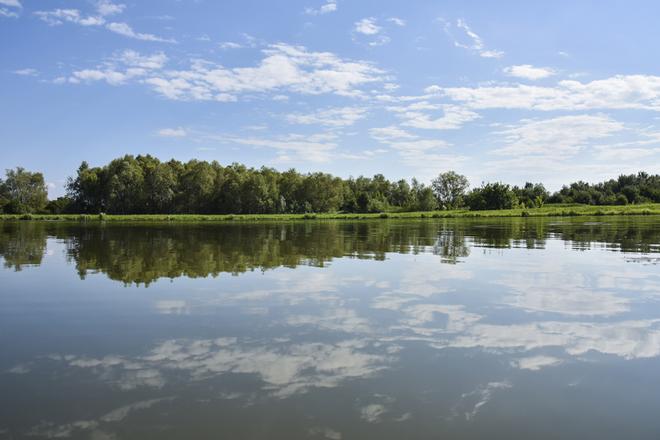In its latest report, the Organization for Economic Cooperation and Development (OECD) points out that the network of protected areas in Slovakia has several shortcomings, even though more than 37 percent of the country is protected.
The report points to problems including a small proportion of national park area under strict protection, confusing and overlapping systems of protection, and missing management plans, among others.
"Pursuing protected area reform is vital. A priority is to complete national park zoning, which is challenging due to tensions between landowners and the state, conflicts between economic and biodiversity interests, and a large share of privately owned land," reads the report.
The OECD also noted that air pollution remains a problem and that a lot of municipal waste ends up in landfills. Little progress has been done to remedy these issues, it says.
Even though Slovakia met its 2020 climate goals, it needs to step up its efforts if it wants to achieve carbon neutrality by the middle of the century. Current projections do not indicate it will.
In addition, Slovakia should do more to halt and reverse biodiversity loss as approximately 75 percent of species and 60 percent of habitats are in a poor or bad state. This is the result of unsustainable agricultural and forestry practices, and infrastructure development, among other things.
However, the report notes that the country has taken steps to align agriculture and forestry with protection of its biodiversity and if the strategic plan is implemented effectively, it could help break negative trends.
Wetlands, grasslands and other ecosystems should also be promoted and restored while dependence on cars should also be reduced, it says.



 The Senianske Rybníky lakes in eastern Slovakia are one of the most important ornithological sites in Central Europe. (source: TASR)
The Senianske Rybníky lakes in eastern Slovakia are one of the most important ornithological sites in Central Europe. (source: TASR)